Balwoo Gongyang (발우공양)
764.0M 2025-05-29
56 Ujeongguk-ro, Jongno-gu, Seoul
Centro de Información de Estancias en Templos (템플스테이 홍보관)
764.0M 2022-09-28
Ujeongguk-ro 56, Jongno-gu, Seúl
El centro es un complejo cultural de cinco plantas donde se encuentran la mayoría de oficinas responsables de las estancias en templos, centros de información, centros educativos, un restaurante de comida budista tradicional llamado Balwoo Gongyang, entre otros.
Ssamzigil (쌈지길)
764.3M 2025-05-26
Insadong-gil 44, Jongno-gu, Seúl
En las animadas calles de Insa-dong se fundó un área de 500 m de largo el 18 de diciembre de 2004. Este edificio tan particular fue construido conectando las encantadoras calles con escaleras en forma de espiral. Al ir haciendo compras por las divertidas y encantadoras tiendas hasta el último piso, llegará a Haneulmadang, donde podrá tener una buena vista del cielo. Ssamzigil cubre una superficie de aproximdamente 4.000 m² con más de 70 tiendas de artesanías, galerías de arte, restaurantes y tiendas de recuerdos.
Galería de Arte Kyung-In (경인미술관)
768.0M 2021-03-18
Insadong 10-gil 11-4, Jongno-gu, Seúl.
Es un museo de arte inaugurado el 6 de diciembre de 1983, localizado en el centro de la ciudad de Seúl. Más allá de ser un espacio cultural para los artistas, es uno de los lugares turísticos frecuentados por los turistas extranjeros. En una superficie amplia de aproximadamente 1.650 ㎡, posee 5 salas destinadas a la exposición de obras artísticas, sector de exhibición al aire libre, escenario al aire libre para la representación de eventos culturales, pantalla audiovisual, la casa de té tradicional Dawon, etc.
Siendo un espacio cultural que incorpora todos los detalles modernos y tradicionales, es utilizado para la exposición de obras y como lugar de encuentro entre los artistas. Todos los rincones de este museo ofrecen algo para disfrutar, ya sea el escenario al aire libre, las esculturas que se encuentran en el jardín o las piezas de arte. En primavera y otoño, se realizan conciertos musicales y ensayos de obras con los autores.
Dawon (Traditional Tea Garden) (전통다원)
768.0M 2020-02-20
11-4, Insadong 10-gil, Jongno-gu, Seoul
+82-2-730-6305
Dawon is a tea house that operates in a hanok (traditional Korean house). Located in the busy tourist area of Insa-dong, this place offers the visitors a moment to relax and find peace in the city. When seated, greenery and flowers in the private garden make for a nice view while sipping tea and snacking on Korean desserts like assorted ttoek (rice cakes). There are many teas available, with more than 15 varieties, all of which originate from Korea. Dawon's peaceful atmosphere and authentic experience make it a must visit for anyone in the Insa-dong area.
Calle Frontal de Cheong Wa Dae (청와대 앞길)
772.0M 2022-06-30
Gungjeong-dong, Jongno-gu, Seúl
La calle frontal de Cheong Wa Dae (también conocida como Casa Azul) está abierta al público e incluye el Hyoja Samgeori (intersección de tres calles) en Hyoja-dong y el Palpan Samgeori (intersección de tres calles) en Palpan-dong. Cuando se camina por la calle Hyoja-ro, desde la Estación de Gyeongbokgung del metro, se pueden ver una fuente, el jardín Mugunghwa, y los pabellones Daegogak y Yongbingwan. Al principio de la calle, enfrente de Cheong Wa Dae, árboles y hermosos jardines de flores decoran los dos lados de la misma, creando un agradable lugar para pasear.
Busan Sikdang(부산식당)
774.3M 2021-04-09
12 Insadong 11-gil Jongno-gu Seoul
+82-2-733-5761
It is a house where you can eat hot and spicy Daegutang (Codfish Soup). This restaurant's signature menu is codfish stew. This Korean dishes restaurant is located in Jongno-gu, Seoul.
Busan Sikdang (부산식당)
780.2M 2021-03-24
12, Insadong 11-gil, Jongno-gu, Seoul
+82-2-733-5761
Busan Sikdang has been operated in one location since 1976. They offer clean and plain soup and properly-cooked rice prepared upon the customers' arrival.
Gaeseong Mandu Koong (개성만두 궁)
784.0M 2021-03-24
11-3, Insadong 10-gil, Jongno-gu, Seoul
+82-2-733-9240
Gaeseong Mandu Koong has served Gaeseong-style mandu (dumplings) for more than 30 years. The elderly proprietor, who fled south during the Korean War runs this restaurant with the help of her granddaughters. Characterized by its delicate taste, Gaeseong mandu stuffing consists of pork and various vegetables such as Chinese cabbage and pumpkin. This restaurant's mandu is so popular that it sometimes gets sold out even before evening. Typical menu includes mandu-jeongol (hot pot) and mandu-guk (soup). The hot pot is made of various ingredients including mandu, rice cakes, mushrooms, and meat, and serves two to three persons. For several persons, it's recommended to eat bossam (boiled meat slices wrapped in lettuce leaves or kimchi) and Korean-style pancakes.
Sadongmyeonok (사동면옥)
811.6M 2021-12-17
9, Insadong, 8-gil, Jongno-gu, Seoul
+82-2-735-7393
A store with over 35 years’ experience that sells Hwanghaedo-style dumplings. The best menu at this restaurant is dumpling hot pot. This Korean dishes restaurant is located in Jongno-gu, Seoul.

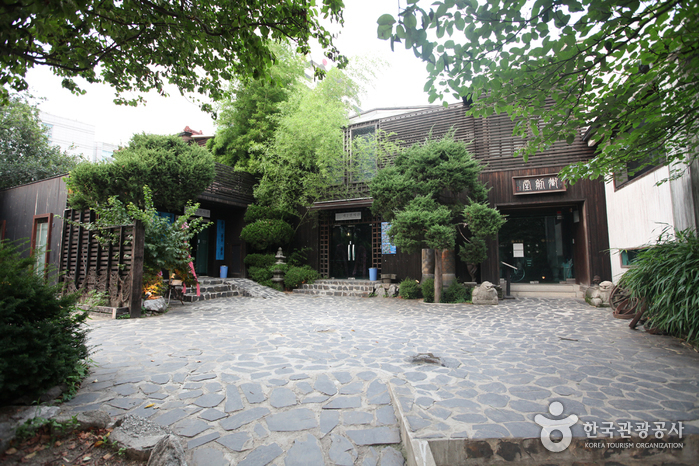
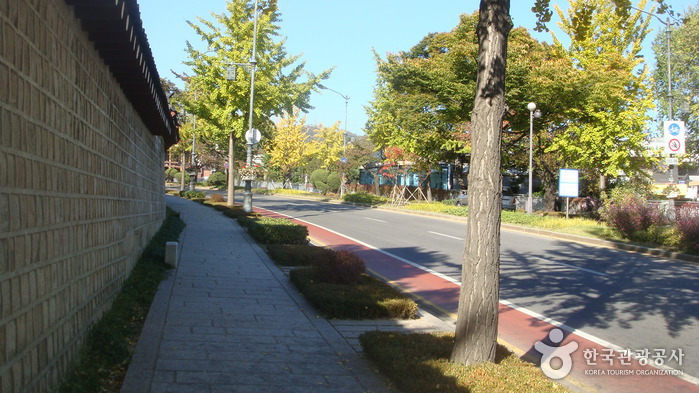
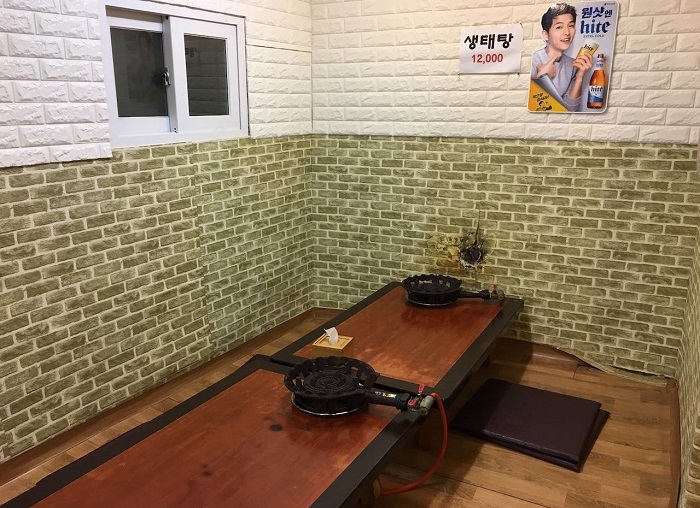
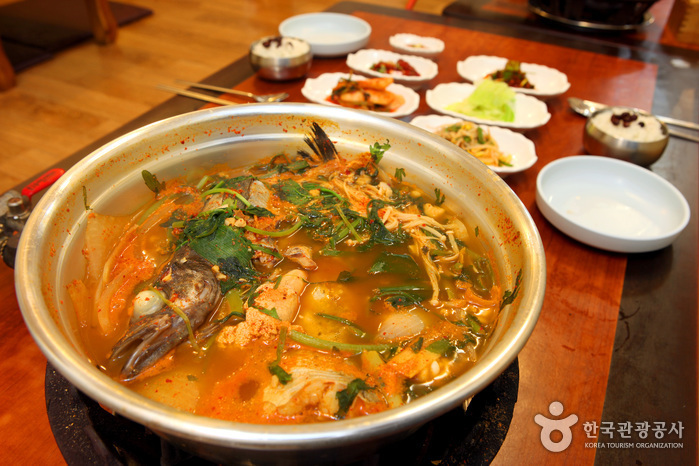
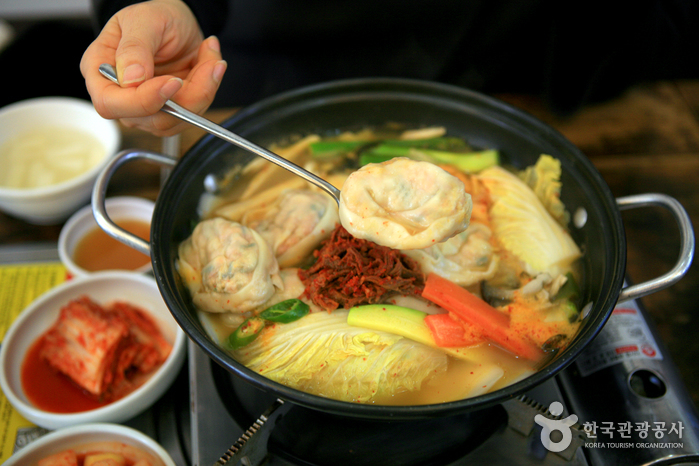
 Español
Español
 한국어
한국어 English
English 日本語
日本語 中文(简体)
中文(简体) Deutsch
Deutsch Français
Français Русский
Русский